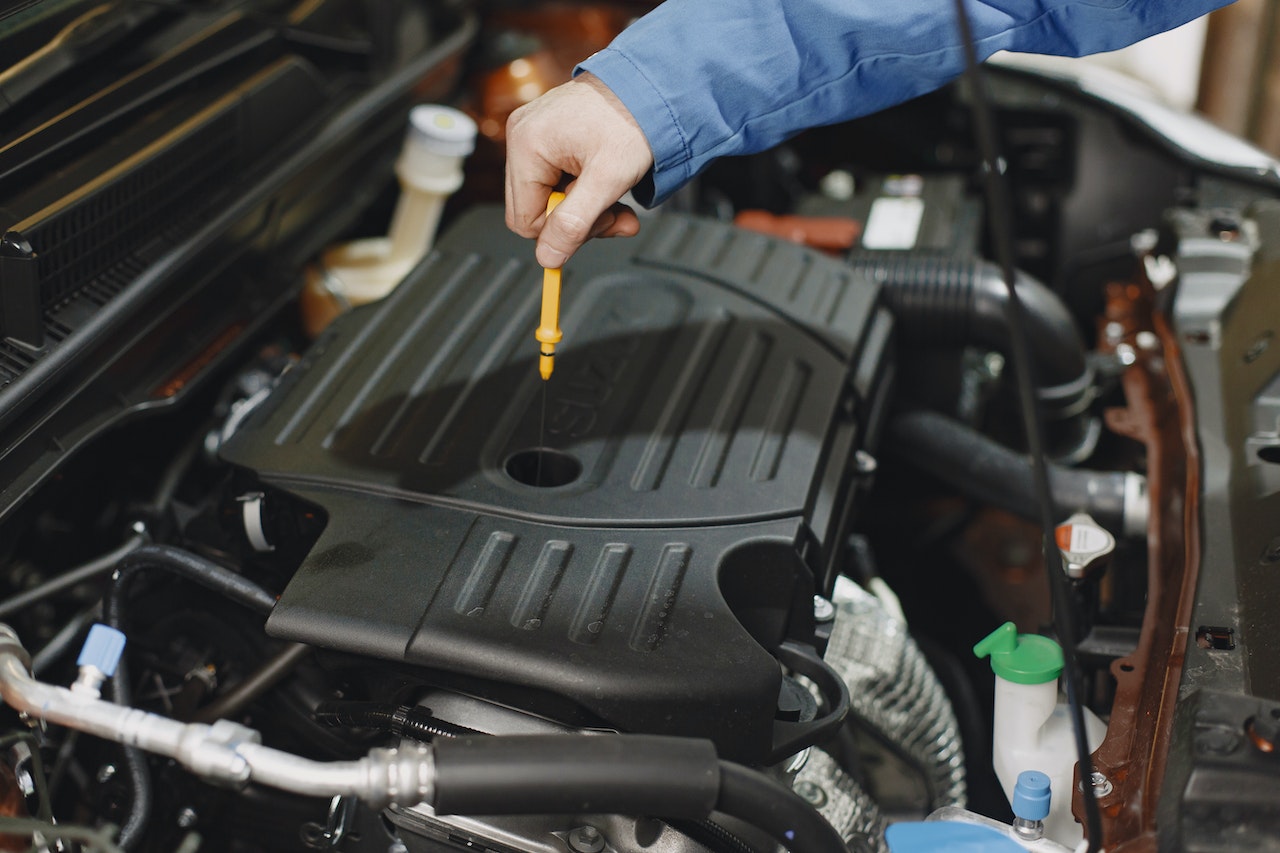Are you tired of constantly having to repair your vehicle and spending a fortune? Keeping your car in top shape doesn’t have to be an uphill battle. In fact, with just a few simple steps, you can prolong the life of your vehicle and avoid costly repairs down the road. From routine maintenance to regular inspections, this blog post will provide you with all the tips and tricks needed to keep your ride running smoothly for years to come. So buckle up and let’s get started.
Regular Maintenance is Crucial
 Regular maintenance is the foundation of keeping your vehicle in top shape. Scheduled check-ups can help identify potential issues before they turn into major problems that will cost you a lot of money to fix. It’s important to refer to your vehicle owner’s manual for recommended maintenance schedules, as it varies from car model and make.
Regular maintenance is the foundation of keeping your vehicle in top shape. Scheduled check-ups can help identify potential issues before they turn into major problems that will cost you a lot of money to fix. It’s important to refer to your vehicle owner’s manual for recommended maintenance schedules, as it varies from car model and make.
Generally speaking, routine maintenance includes checking and changing fluids such as oil, brake fluid, coolant, and transmission fluid. By doing regular maintenance, you can ensure that you will pass the vehicle technical verification.
Inspect and Clean the Vehicle Regularly
Regular vehicle inspections and cleaning are an essential part of keeping your car in top shape. Not only does it keep your car looking good, but it also helps identify any potential issues before they become major problems. Start with the vehicle’s exterior – thoroughly wash it to remove any dirt or grime buildup. Use quality soap and microfiber cloth to avoid scratching the paintwork. Once cleaned, inspect for any chips, scratches, or dents that might require attention. Moving on to the interior of the car, start by removing all trash and debris from inside. Vacuum up crumbs and dust from carpets and seats using an appropriate attachment.
Check Fluids and Tire Pressure
Regularly checking your vehicle’s fluids and tire pressure is essential to keeping it in top shape. A car with low oil or coolant levels can experience engine problems, while underinflated tires can lead to decreased fuel efficiency and handling issues. To check the fluid levels, read your owner’s manual to see where each reservoir is located under the hood. Once you’ve identified them, simply remove the dipstick or cap and use a rag to wipe off any excess fluid before checking its level. If any of these fluids are running low, be sure to add more as soon as possible. Tire pressure should also be checked at least once a month using a tire gauge.

Change Your Oil Routinely
Regularly changing your vehicle’s oil is one of the most important maintenance tasks you can do to keep it running smoothly. Oil plays a crucial role in lubricating the engine, reducing friction and wear, and carrying away harmful contaminants. Over time, oil breaks down and becomes less effective at doing its job. This can lead to increased engine wear, reduced fuel efficiency, and even engine damage. That’s why it’s important to change your oil regularly. Changing your oil depends on several factors, such as the make and model of your car, how often you drive it, as well as environmental conditions like temperature and humidity.
Maintaining your vehicle is crucial for ensuring its longevity and optimal performance. Regular maintenance, inspections, cleaning, fluid checks, tire pressure monitoring, and oil changes are all essential steps in keeping your car or truck in top shape. By following these simple tips regularly, you can help prevent potential problems before they occur. Not only will this save you time and money in the long run, but it will also ensure that your vehicle runs smoothly and safely on the road.
